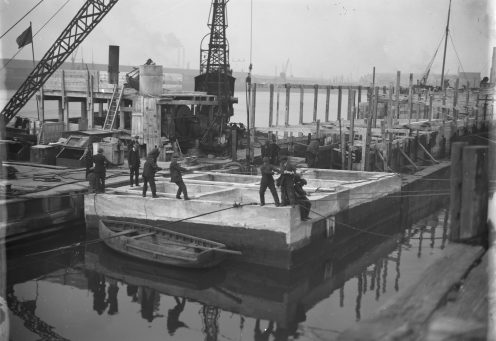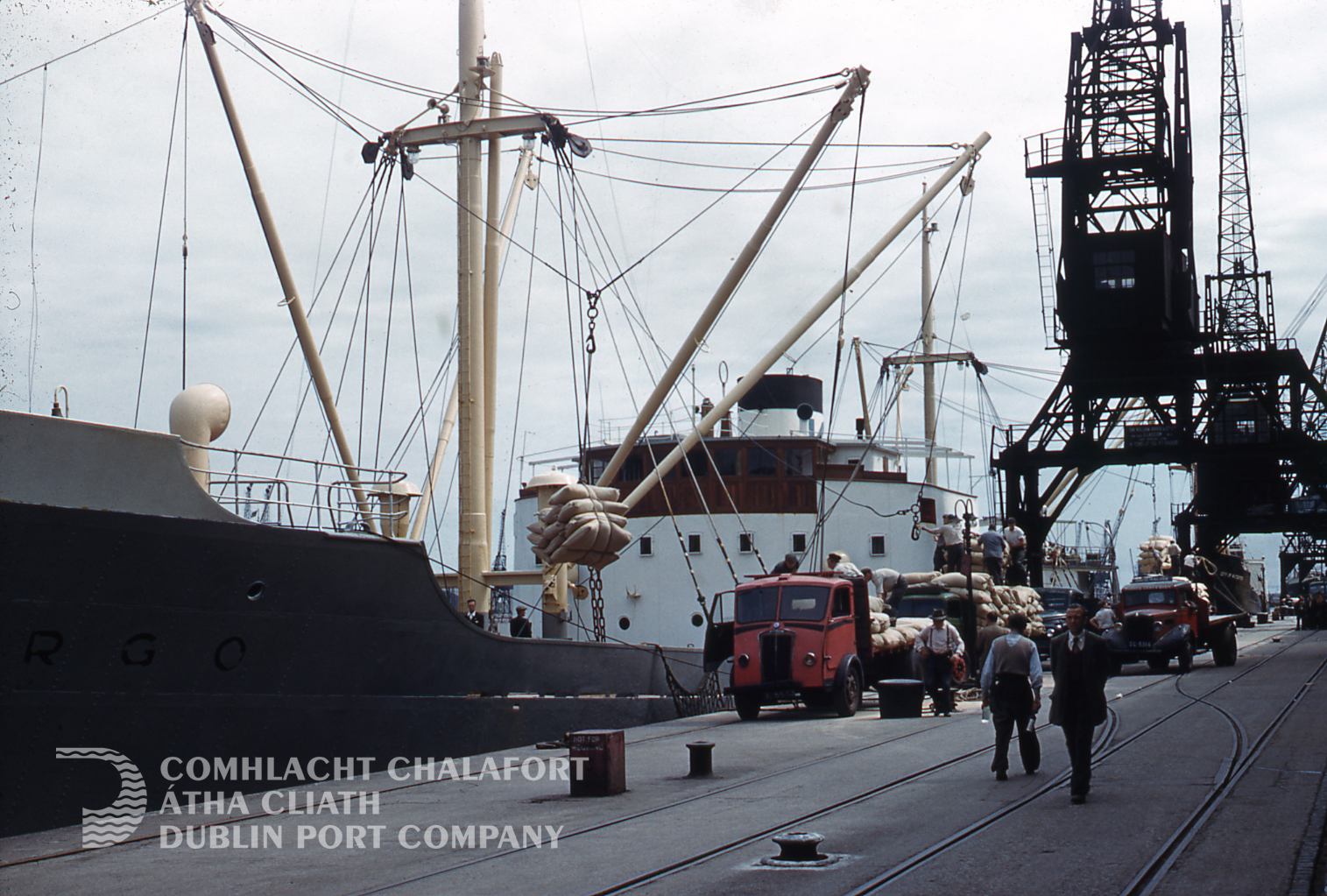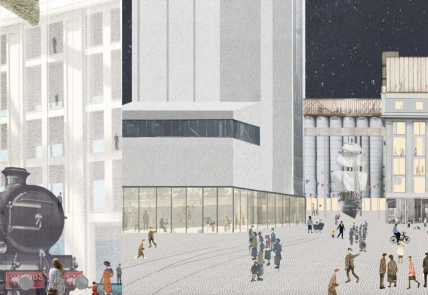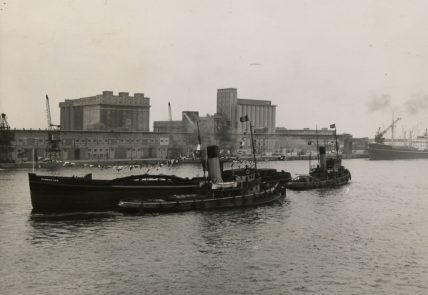
Between 1922 and 1931 the North Wall Extension was completed by the port Chief Engineer Joseph Mallagh. The extension was proposed and developed by the Port engineer Bindon Blood Stoney, who came up with a unique and innovative method to build masonry quay wall, granting him international recognition for his ground-breaking work. The works commenced in 1869 and concluded in 1885, but some remaining basin sections remained uncompleted for 20 years. In 1917 the port appointed a new engineer: Jospeh Mallagh. His first concerns regarded the condition of the timber wharves. He proposed their replacement for masonry quay walls in 1921, which was a good choice, taking into consideration the Eucharistic Congress was celebrated in 1932.
It was not until 1929 that Dublin got chosen to host the event. Mallagh just anticipated without knowing. However, without his initiative, the Congress wouldn’t have been such a big triumph for Dublin Port. The method designed by Mallagh was a major development for the port engineering field and it was inspired by Stoney previous work, but contrary to Stoney’s blocks, Mallagh used caissons with open sections to build the foundations and lower course of the new quays. The caissons production took place on land, in a slipway close to the Graving dock. Thanks to their design with open sections, they were able to float once launched into the water. Then they were towed to a wharf where their outer walls were built up to a height of 42 feet. At that stage, the caisson was filled with ballast to sink it gradually. Once the desired depth was reached, caissons were towed to their final position and placed. At this point, the caissons weighed approximately 3,000 tons, almost ten times the weight of the concrete blocks employed by Stoney. The last step was filling them up with spoildredged by the Sandpiper and pumped ashore, leaving a portion of the caisson above the surface of the water. The quay was completed with the construction of a slab deck to level the quay surface, where tracks for rails and cranes were laid.
In 1931 the RDS celebrated its Bi-Centenary (Tuesday 23rd June – Monday 29th June). The exhibition theme was ‘Illustrating the Progress of Science, Art and Industry in Ireland during the Period 1731-1931′. The exhibition was devised as a museum, and consisted of different pavilions. The Dublin Port and Docks Board participated and installed their stand in the Industries Pavilion, in the South Hall. The port exhibition consisted in six diagrams illustrating the development of the port since 1707, eight surveys of the harbour ranging from 1632 to 1931, a series of photographies showing the shipping at the Port of Dublin, and a panoramic view of the area which was being reclaimed by Mallagh plus photographies of his new system of quay walls construction. The exhibit also counted with four models: the Custom House, the Transporter Bridge, the Sandpiper and a gabbard.
Help us with the Archive
You can help us to preserve Dublin Port’s rich archival heritage by
donating items or seek advice from us on items in your safekeeping.
Get in touch by completing the contact form below.
We’d love to hear from you!




































